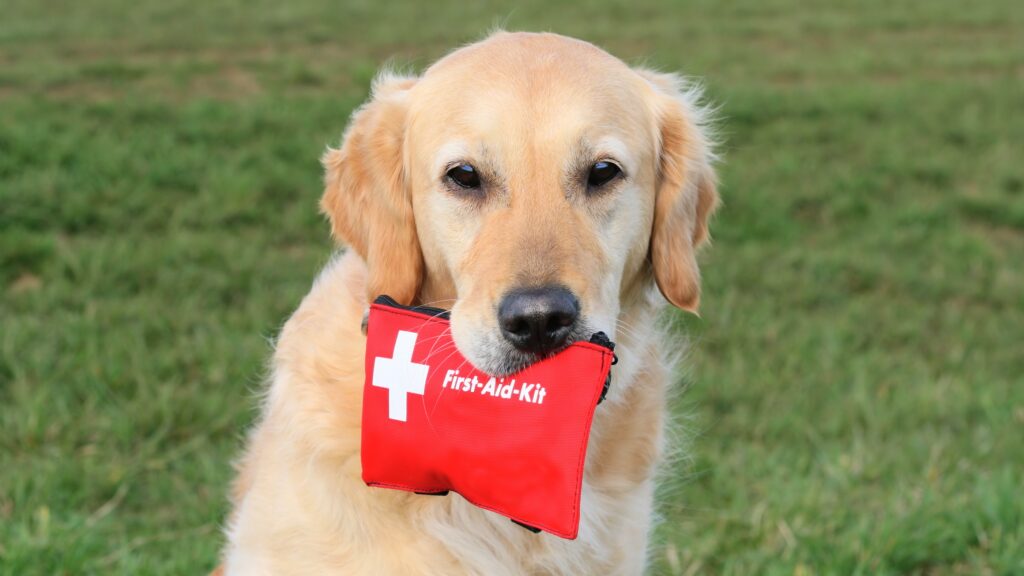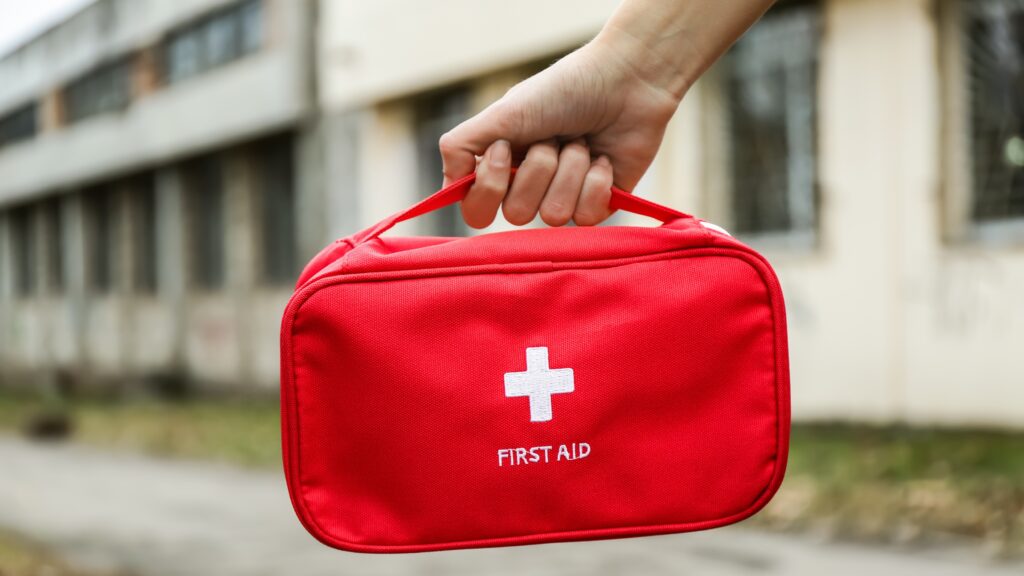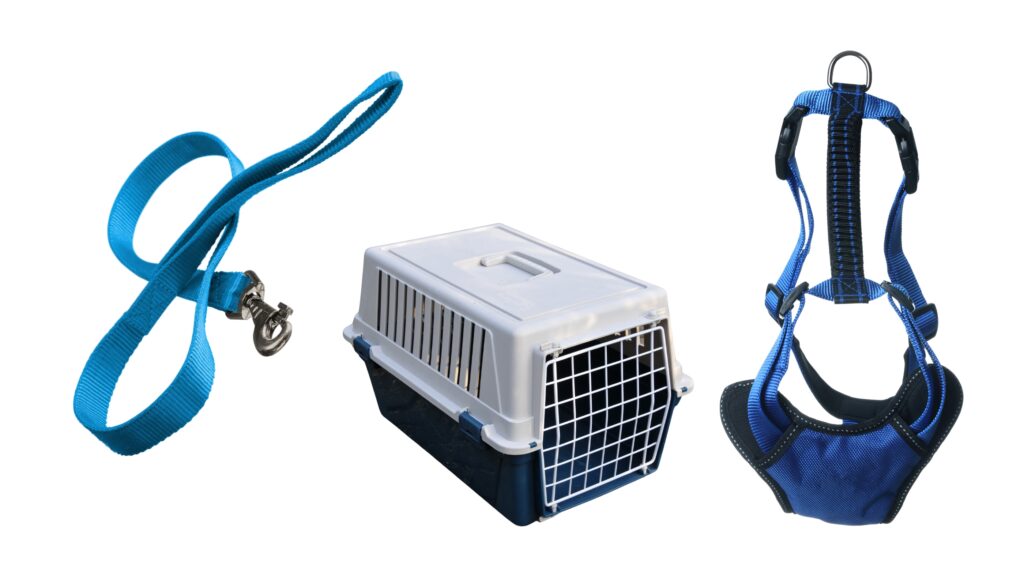Have you ever thought about what you’d do if an emergency struck and you needed to keep your furry friend safe?
Whether it’s a natural disaster, a sudden illness, or even just an unexpected road trip, having a pet emergency kit can be a total game-changer.

Okay, let’s get the basics out of the way.
Every pet emergency kit should start with some good ol’ fashioned identification and medical records. Make sure you have a copy of your pet’s medical records, vaccination history, and any medications they’re taking.
A recent photo of your pet (preferably with you in it) is also super important. If you and your pet get separated, you’ll need these to prove ownership and get them the care they need.
It’s also a good idea to include a list of any medical conditions your pet has, as well as any behavioral quirks (like if they get nervous around other animals or loud noises).
Food and Water

Just like us, our pets need food and water to survive. Pack at least a three-day supply of food and water for your pet. Opt for non-perishable food items, like canned or dehydrated food, and don’t forget a manual can opener if needed.
Also, pack some collapsible bowls to make feeding and watering your pet easier on the go. Trust me, you don’t want to be scrambling for a container when your pet is hungry or thirsty.
When it comes to water, you’ll want to bring enough for both you and your pet. A good rule of thumb is one gallon of water per person (and per pet) per day.
This might seem like a lot, but it’s better to have too much than not enough. Dehydration can set in quickly, especially in stressful situations.
Medications and First Aid
If your pet is on any medications, make sure you have at least a week’s supply in your kit. Store them in a waterproof container and check the expiration dates regularly.

You should also include a pet-specific first aid kit. This can include:
- Bandages and gauze
- Tweezers (for splinters or ticks)
- Antiseptic wipes
- Scissors
- A digital thermometer
- Hydrogen peroxide (to induce vomiting if instructed by a vet)
- Styptic powder (to stop minor bleeding)
Having these items on hand can make a huge difference if your pet gets injured or sick. Also, include a pet first aid manual or guidebook. In the heat of the moment, having clear instructions can be incredibly helpful.
Comfort Items
Emergencies can be super stressful for pets.
Having some comfort items can help keep them calm. This might include their favorite blanket, toy, or even a piece of your clothing that smells like you. The familiar scents and items can provide a bit of comfort and make an unsettling situation a little more bearable for your furry friend.
You can also consider pheromone sprays or calming treats. These products can help reduce anxiety and keep your pet calm during stressful situations. Every little bit helps when you’re trying to keep your pet comfortable and stress-free.
Leash, Harness, and Carrier

Even the best-behaved pets can get spooked in an emergency. A sturdy leash and harness are essential to keep your pet under control.
If you have a smaller pet, a carrier is a must. Make sure it’s something they’re familiar with and comfortable in, as they may need to spend a bit of time in there.
For dogs, a sturdy leash and harness will help keep them close and secure. For cats, a comfortable carrier is crucial. If your cat isn’t used to being in a carrier, it’s a good idea to start acclimating them now.
Put their favorite blanket or toy inside, and let them explore it at their own pace. This way, they won’t be as stressed if they need to spend time in it during an emergency.
Waste Management
No one likes to think about it, but waste management is an important part of any emergency kit. Pack some poop bags for dogs and a small litter box with litter for cats. You don’t want to be caught off guard when nature calls for your pet!
For dogs, bring plenty of waste bags and a small shovel or scoop for picking up after them. For cats, a disposable litter box and a small bag of litter will do the trick. You can find compact, lightweight options that won’t take up too much space in your kit.
Important Extras
There are a few more items that might not immediately come to mind but can be incredibly helpful:
- A flashlight with extra batteries (for nighttime emergencies)
- A whistle (to call for help or get your pet’s attention)
- A multi-tool (because you never know when you’ll need one)
- A copy of your emergency contacts, including your vet’s information
- Pet wipes (for quick clean-ups)
- A blanket or towel (for warmth or to use as a makeshift bed)
Regular Maintenance
Having a pet emergency kit is fantastic, but it won’t do you much good if the contents are expired or outdated.
Set a reminder to check your kit every six months. Replace any expired food, water, or medications, and update any records as needed. This way, your kit will always be ready to go when you need it.
Run Drills
Once you’ve got your pet emergency kit all set up, it’s a good idea to practice using it. Run a few emergency drills with your pet, so they get used to the process. This can help reduce stress for both you and your pet if you ever need to use the kit for real.
For example, practice putting your pet in their carrier and securing it in the car. Make sure your pet is comfortable with being handled and that they know the command to get in their carrier or on their leash quickly. The more familiar they are with the process, the smoother things will go in an actual emergency.
Putting together a pet emergency kit might take a bit of effort, but it’s worth every second. Knowing that you’re prepared to take care of your pet no matter what happens brings incredible peace of mind.
Plus, it’s a great way to show your furry friend just how much you care. So grab a sturdy bag or a plastic bin, and start gathering these essentials today. Your pet (and your future self) will thank you!